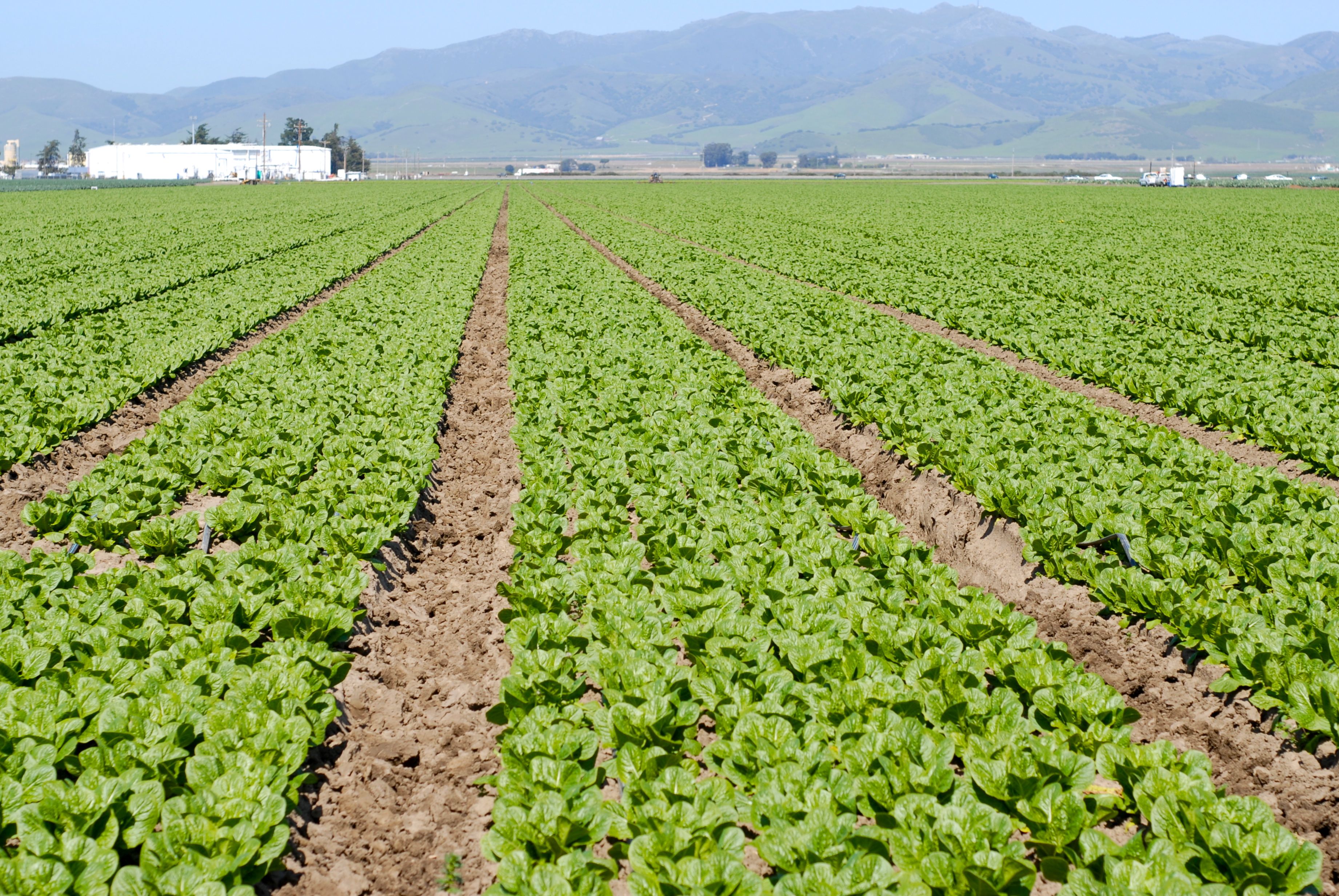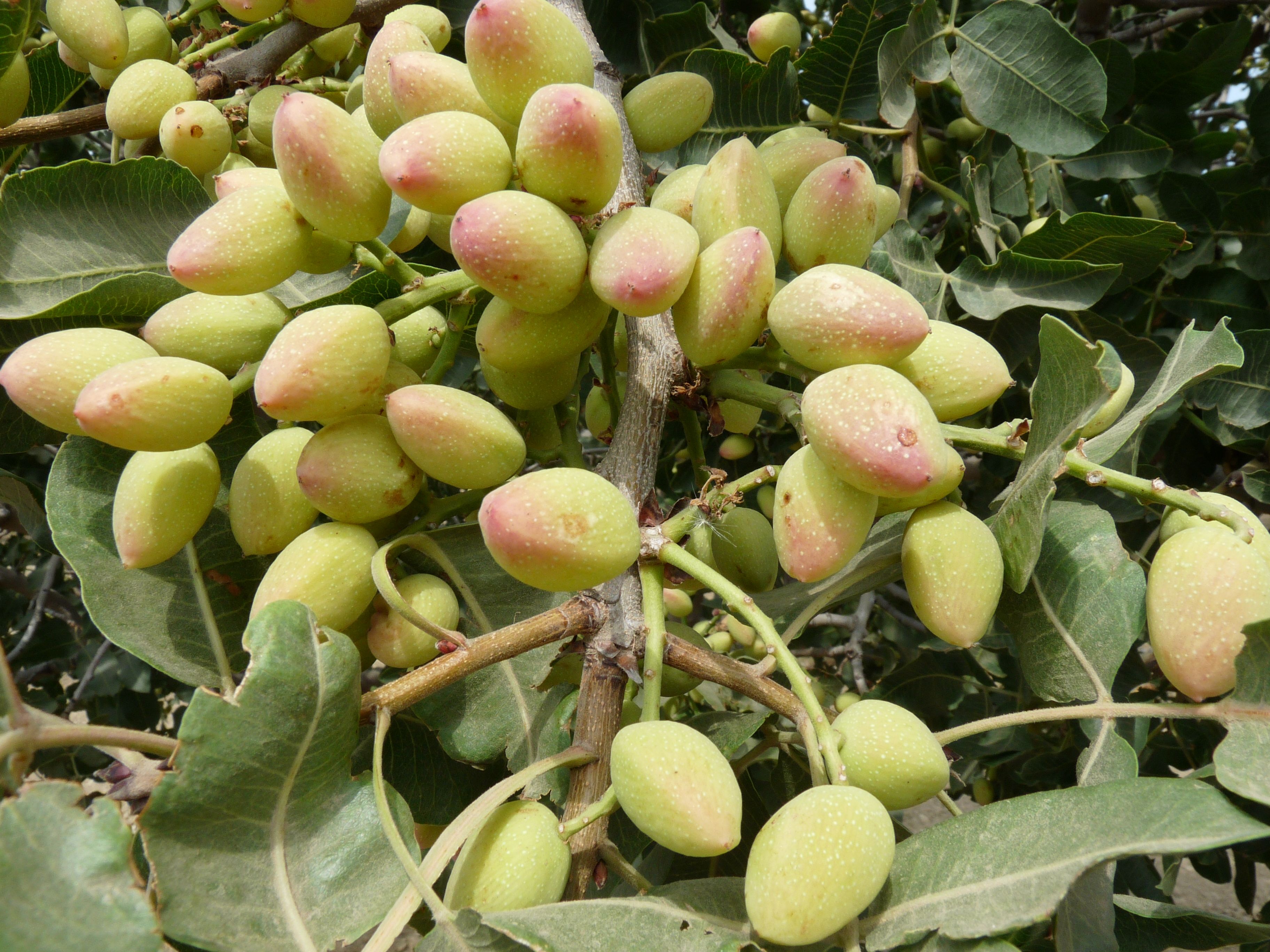USDA’s Final WIC and United Fresh’s Response
Today, USDA finalized changes to the Special Supplemental Nutrition Program for Women, Infants and Children (WIC) to further improve the nutrition and health of the nation’s low-income pregnant women, new mothers, infants and young children.
The changes – which increase access to fruits and vegetables, whole grains and low-fat dairy – are based on the latest nutrition science. Today’s announcement marks the completion of the first comprehensive revisions to the WIC food packages since 1980.
Along with a more than 30 percent increase in the dollar amount for children’s fruits and vegetables purchases, the changes also:
- expand whole grain options available to participants,
- provide yogurt as a partial milk substitute for children and women,
- allow parents of older infants to purchase fresh fruits and vegetables instead of jarred infant food if they choose, and;
- give states and local WIC agencies more flexibility to meet the nutritional and cultural needs of WIC participants.
Over 8.5 million participants receive WIC benefits each month. Recent research by the Centers for Disease Control and Prevention (CDC) has identified changes to the WIC food packages as a contributing factor in the decline in obesity rates among low-income preschoolers in many States.
United Fresh Produce Association President & CEO Tom Stenzel issued this statement Today in response to USDA’s publication of the Final Rule on the Special Supplemental Nutrition Program for Women, Infants, and Children (WIC): Revisions to the WIC Food Package:
We applaud USDA’s emphasis on increasing fruit and vegetable consumption among low-income, nutritionally at-risk pregnant and breastfeeding women, and their infants and young children who participate in the WIC program. The final rule increases the cash-value of the fruit and vegetable vouchers for children to $8 per month; allows WIC mothers to receive a voucher for fresh fruits and vegetables instead of jarred baby foods for their infants; and allows WIC mothers to add cash (split tender) at check out to their fruit and vegetable vouchers to maximize their purchases. All of these provisions will increase fruit and vegetable consumption among WIC mothers and their young children.
Our only disappointment is that we continue to believe that WIC vouchers should include all fresh fruits and vegetables, without added fats, sugar or sodium, including fresh white potatoes.
For more than a decade, United Fresh has been a leading advocate for including fruits and vegetables in the WIC food packages. United played a leadership role in urging USDA and Congress to update WIC food packages to include fruits and vegetables, and has worked with the National WIC Association and advocates to increase the value of the fruit and vegetable vouchers for mothers and children.
The CDC has recently recognized the important role that the WIC Program’s nutrition education and food package changes that added healthy items like fruits and vegetables has played in decreasing childhood obesity by 43 percent among 2-5 year olds.
Founded in 1904, the United Fresh Produce Association serves companies at the forefront of the global fresh and fresh-cut produce industry, including growers, shippers, fresh-cut processors, wholesalers, distributors, retailers, foodservice operators, industry suppliers and allied associations.
United Fresh and its members work year-round to make a difference for the produce industry by driving policies that increase consumption of fresh produce, shaping critical legislative and regulatory action, providing scientific and technical leadership in food safety, quality assurance, nutrition and health, and developing educational programs and business opportunities to assist member companies in growing successful businesses.


























